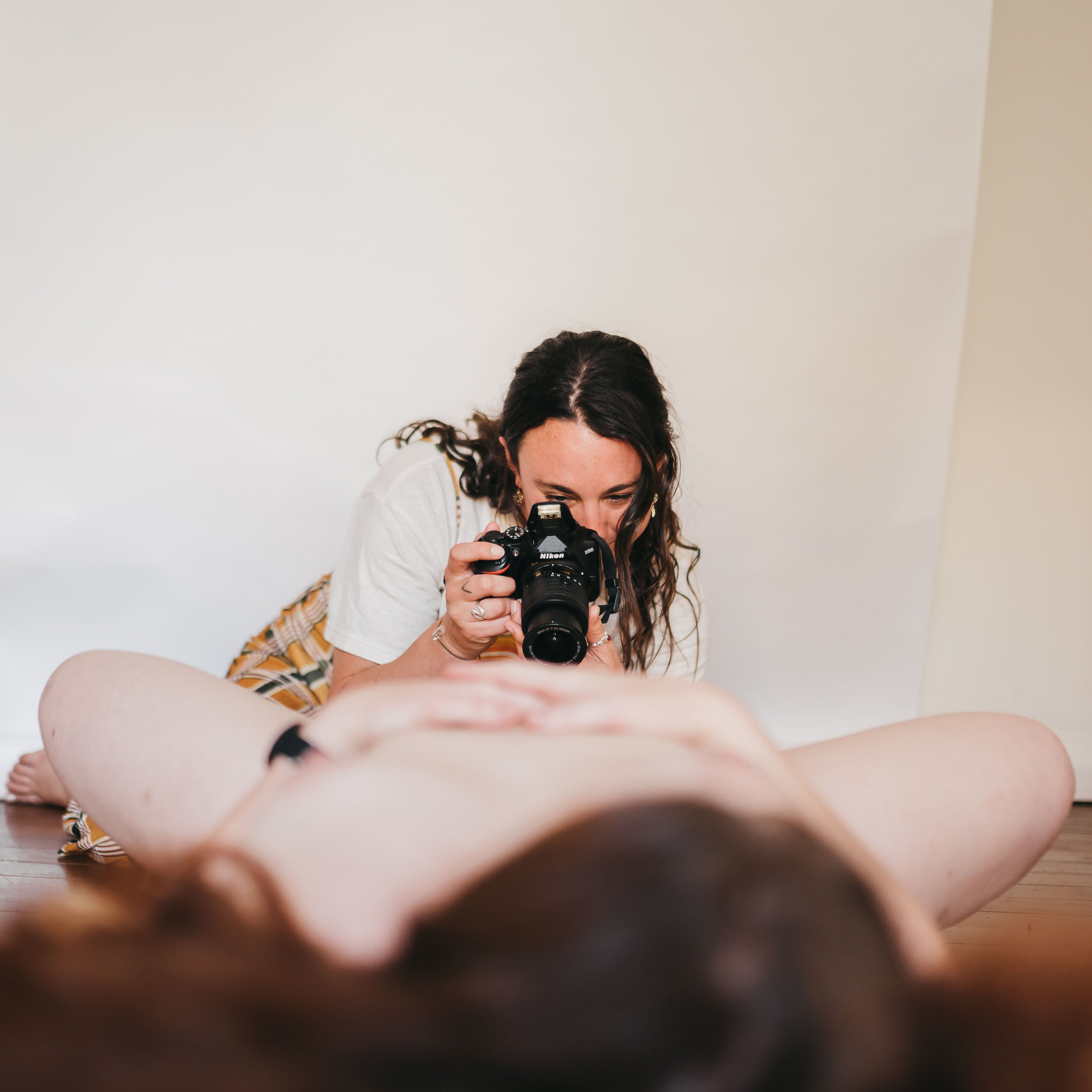Understanding Vulvodynia: What Chronic Vulvar Pain Is Telling Us

Sexologist and therapeutic yoni masseuse Kiki Maree shares why vulvodynia isn't just about the vulva, it's about the nervous system.
As a sexologist and therapeutic yoni masseuse, I’ve worked with many people whose vulvas hurt in ways medicine couldn’t explain - or worse, wouldn’t believe. I haven’t experienced vulvodynia myself, but I’ve held that pain emotionally, physically, and spiritually. I’ve learned from clients who kept searching for answers after being told “we don’t know.”
For years, vulvodynia was labeled idiopathic pain - a clinical way of saying “we don’t know why this hurts.” For women, queer folks, and others with vulvas, this often translates to “maybe it’s just in your head.” Let me be clear: it’s not.
Thanks to updated neuroscience, we now understand much more. In many cases, vulvodynia isn’t just in the vulva. It lives in the nervous system.
What Is Vulvodynia?
Vulvodynia is chronic vulvar pain that lasts at least three months with no clear infection, injury, or skin condition. It can feel like burning, stinging, rawness, throbbing, or sharp pain—triggered by arousal, penetration, or even wearing tight pants. It might be localized or widespread. The pain is real, even if exams show “nothing wrong.”
Three Key Pathways That Help Explain Vulvodynia
-
Neuroplastic Pain: When the Nervous System Learns to Hurt
This used to be called idiopathic pain. We now understand it as neuroplastic pain -where the brain and nervous system “learn” pain, even when there’s no ongoing physical issue. There might be a trigger like a yeast infection or trauma. The body heals, but the brain keeps firing pain signals. Even a belief that sex is painful can wire the brain to expect it. Touch or arousal feels dangerous, and the pain response becomes a protective habit.
What helps:
-
Pain Reprocessing Therapy (PRT) or the Curable app
-
Somatic sex coaching focused on pleasure without pressure
-
Nervous system regulation through breath, touch, and co-regulation
-
Tools like The Kiwi by The Pelvic People to gently reconnect with internal awareness
-
Neuropathic Pain: When Nerves Are the Source
This pain stems from actual nerve irritation or damage—usually in the peripheral nervous system. It can feel sharp, shooting, or electric. Causes may include pudendal nerve entrapment, scarring from childbirth or surgery, or inflammation.
What helps:
-
Pelvic pain specialists or neurologists
-
Nerve-calming medications or topical treatments
-
Nerve-aware yoni massage that avoids flare-ups
-
Exploring movement, sex positions, and toys that reduce nerve pressure
-
Vulvodynia + Vaginismus: When Pelvic Pain Conditions Overlap
Vulvodynia and vaginismus are distinct but often intertwined. Many clients experience both, or find one condition leads to the other. This doesn’t mean you’re overreacting. It means your body is trying to protect you.
Vulvodynia is often caused by nerve sensitisation. Vaginismus is the involuntary tightening of pelvic muscles, often in response to touch or pain. When the vulva hurts, the body may tense to guard the area. Over time, this can become a chronic muscle pattern. Or, chronic tightness and fear of penetration from vaginismus can lead to nerve irritation and pain.
This creates a nervous system feedback loop: pain → tension → more pain → more fear → more guarding.
What helps:
-
External touch or non-touch sessions to build safety
-
Breathwork, grounding, and nervous system tools
-
Gentle reintroduction to sensation using tools like The Kiwi
-
Non-goal-based intimacy focused on safety and connection
-
Releasing pressure to perform and letting the body lead
In my sessions, I might spend an hour helping someone reconnect with their pelvic diaphragm in a curious, pressure-free way. Often, healing begins not with doing more, but with pausing and feeling safe again.
You’re Not Broken
Vulvodynia is not your fault. It doesn’t mean you're broken, or that you’ll never enjoy sex again. It means your nervous system is trying to protect you—sometimes too much.
Whether your pain is neuroplastic, neuropathic, or somewhere in between, there is hope. There are tools. And there are practitioners who will believe you, listen to you, and help you heal - gently and without judgment.
You deserve care that understands your vulva, your nervous system, and your whole story.
Resources I Trust and Recommend:
-
The Kiwi – soft massage tool for gentle pelvic release: thepelvicpeople.com
-
Curable – brain-based program for chronic pain: curablehealth.com
Books to Support Your Healing:
-
The Way Out – Alan Gordon
-
Heal Pelvic Pain – Amy Stein and Healing Pelvic Pain – Peta Wright
-
Come As You Are – Emily Nagoski
-
When Sex Hurts – Andrew Goldstein, Caroline Pukall, Irwin Goldstein
-
Healing Painful Sex – Deborah Coady and Nancy Fish
-
Pelvic Pain Explained – Stephanie Prendergast and Elizabeth Rummer
-
The Vulvodynia Survival Guide – Howard Glazer and Gae Rodke
0 comments




